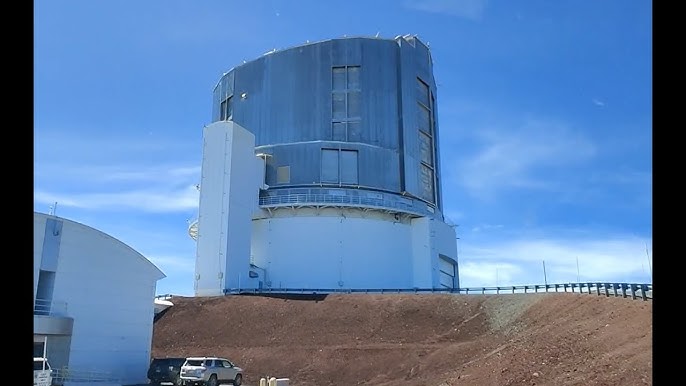This is the first time the novel imaging technique has been applied to telescopes.
For the first time, astronomers have applied a new imaging method to a ground-based telescope, allowing a UCLA-led research team to capture the most precise view ever recorded of a star’s surrounding disk.
This advancement revealed structural details that had never been seen before and introduced a powerful new tool for studying the intricate features of celestial objects. The achievement also paves the way for future discoveries that could deepen our understanding of the universe.
The sharpness of astronomical images largely depends on a telescope’s size. A larger viewing aperture gathers more light, enabling the observation of fainter objects and producing clearer, more detailed images.
The highest levels of detail are often achieved by connecting multiple telescopes into coordinated arrays. Throughout modern astronomy, the construction of bigger telescopes and the creation of these linked networks have been essential for capturing the fine-scale images that reveal the hidden structure of the cosmos.
The introduction of a device known as a photonic lantern now allows scientists to use collected starlight more efficiently to reach even higher levels of resolution. Full details of this breakthrough are presented in the journal Astrophysical Journal Letters.







